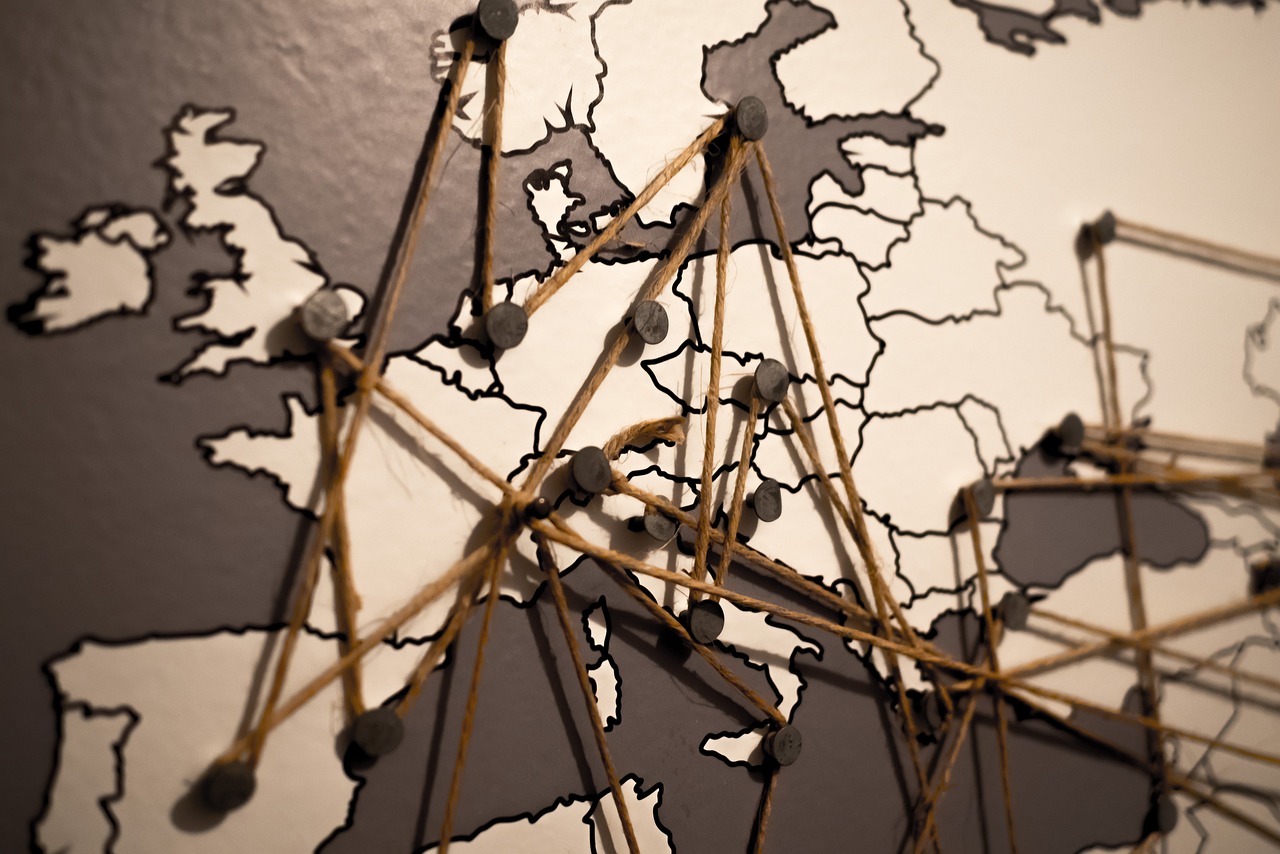⛔
STOP ⛔ Before you look at the answers, make sure you gave this practice quiz a try so you can assess your understanding of the concepts covered in Unit 2. Click here for the practice questions:
AP Euro Unit 2 Multiple Choice Questions.
Image courtesy of Pixabay
Facts about the test: The AP Euro exam has 55 multiple choice questions and you will be given 55 minutes to complete the section. That means it should take you around 1 minute per question.
The following questions were not written by College Board and, although they cover information outlined in the AP Euro Course and Exam Description, the formatting on the exam may be different.
A. Petrarch
B. John Calvin
C. Martin Luther
D. Desiderius Erasmus
Answer: Erasmus was one of the most prominent Christian Humanists and in his book In Praise of Folly attempted to expose many of the issues within Medieval society.
📄
Study AP European History, Unit 2.1: Context of the 16- and 17th-Century
A. The lack of education for priests
B. The holding of multiple church offices.
C. Nepotism within the Catholic Church
D. The sale of indulgences
Answer: While Luther did eventually speak out about the other issues with in the Catholic Church, the 95 Theses did primarily target and address the selling of indulgences by Johann Tetzel.
📄
Study AP European History, Unit 2.2: Martin Luther
A. Salvation through faith alone.
B. Salvation through faith and good works.
C. Salvation only through the Church.
D. Salvation through indulgences and good works.
Answer: One of the key ideas that separated Protestantism from Catholicism was the idea that salvation could be achieved solely through faith in God. You did not have to do good works alongside faith in order to reach salvation.
📄
Study AP European History, Unit 2.2: Martin Luther
A. Italian nobles
B. The Holy Roman Emperor
C. Some German princes
D. Henry VIII
Answer: One of the primary reasons why Luther survived through the Reformation was because of the protection of some German princes, most notably Frederick of Saxony.
📄
Study AP European History, Unit 2.2: Martin Luther
A. To reform the Catholic Church
B. To make Luther recant his written works and ideas
C. To discuss the peace treaty of the 30 Years War
D. To debate Luther on his ideas
Answer: Charles V called Luther to the Diet of Worms (formal assembly/trial) to recant his written works, which he refused to do.
📄
Study AP European History, Unit 2.2: Martin Luther
A. Calvinists believed in predestination while Lutherans did not
B. Only Lutherans believed in salvation by faith alone
C. Only Calvinists believed in all of the seven sacraments
D. Lutherans recognized the pope as the head of the Lutheran church
Answer: While Lutheranism and Calvinism share several of the same basic principles one of their key differences is that Calvinism believes in predestination.
📄
Study AP European History, Unit 2.3: The Protestant Reformation
A. Problems with scripture
B. Religious reform
C. Disagreement over the Seven Sacraments
D. Political autonomy
Answer: Henry VIII split with the Catholic Church in an effort to secure more autonomy for himself.
📄
Study AP European History, Unit 2.3: The Protestant Reformation
A. Diet of Worms
B. Council of Trent
C. Peace of Westphalia
D. The Inquisition
Answer: The Council of Trent was called to address several of the corrupt practices of the Church.
📄
Study AP European History, Unit 2.5: The Catholic Reformation
A. Priests were required to be educated
B. Indulgences could no longer be sold
C. The Catholic Church agreed with the idea of salvation by faith alone
D. Priests could not hold multiple offices
Answer: While the Council of Trent did seek to reform corrupt practices it did not seek to change Catholic doctrine.
📄
Study AP European History, Unit 2.5: The Catholic Reformation
A. They spread Catholicism by promoting religious education
B. They force converted Lutherans back to Catholicism.
C. They wrote propaganda that aided the Catholic Church
D. They translated the Bible from Latin to more common languages
Answer: Jesuits primarily looked to spread Catholicism through missionary work and education.
📄
Study AP European History, Unit 2.5: The Catholic Reformation
A. St. Bartholomew’s Day Massacre
B. D-Day
C. Battle of White Mountain
D. Diet of Worms
Answer: The St. Bartholomew's Day Massacre resulted in the death of roughly 30,000 Protestants and is the most violent single act of the French Wars of Religion.
📄
Study AP European History, Unit 2.4: Wars of Religion
A. Valois Family
B. Bourbon Family
C. Tudor Family
D. Guise Family
Answer: Henry IV took power following the War of the Three Henrys and established the Bourbon royal family.
📄
Study AP European History, Unit 2.4: Wars of Religion
A. The Russians
B. The French
C. The English
D. The Spanish
Answer: The Netherlands were originally part of the Spanish Habsburg territory before they gained their independence from them.
📄
Study AP European History, Unit 2.4: Wars of Religion
A. The Diet of Worms
B. The Treaty of Versaille
C. The Peace of Augsburg
D. The Council of Trent
Answer: The Peace of Augsburg which established the rule of 'his rule, his religion' was reestablished following the Peace of Westphalia.
📄
Study AP European History, Unit 2.4: Wars of Religion
A. Germany was unified
B. Austria absorbed much of the Holy Roman Empire
C. France lost a significant amount of territory
D. Brandenburg-Prussia grew in size and strength
Answer: There were several major physical changes to the political borders of Europe following the Peace of Westphalia and one of the most notable was the expansion of Brandenburg-Prussia.
📄
Study AP European History, Unit 2.4: Wars of Religion ----
What can we help you do now?
🔍Check out all of the resources for AP Euro
Unit 3.
🤝Connect with other students studying AP Euro with
Hours.

